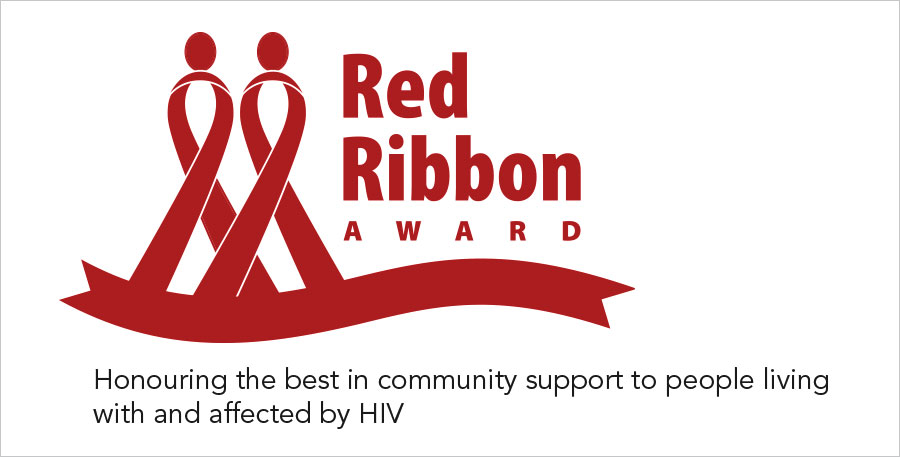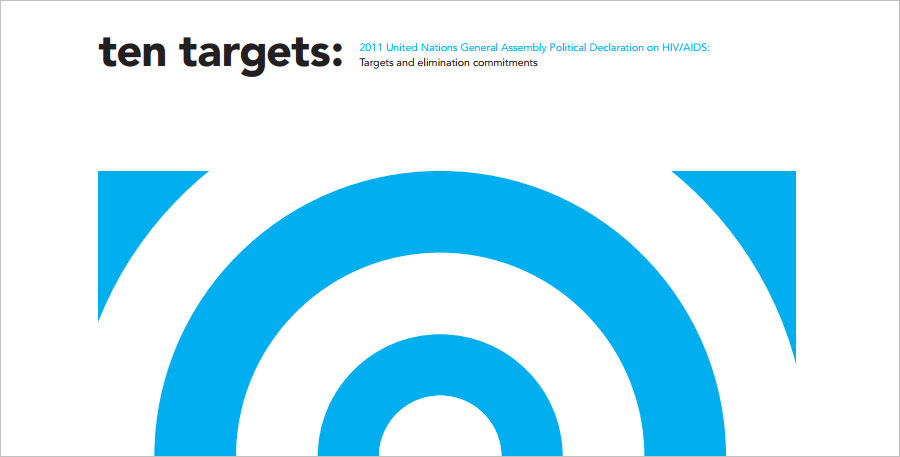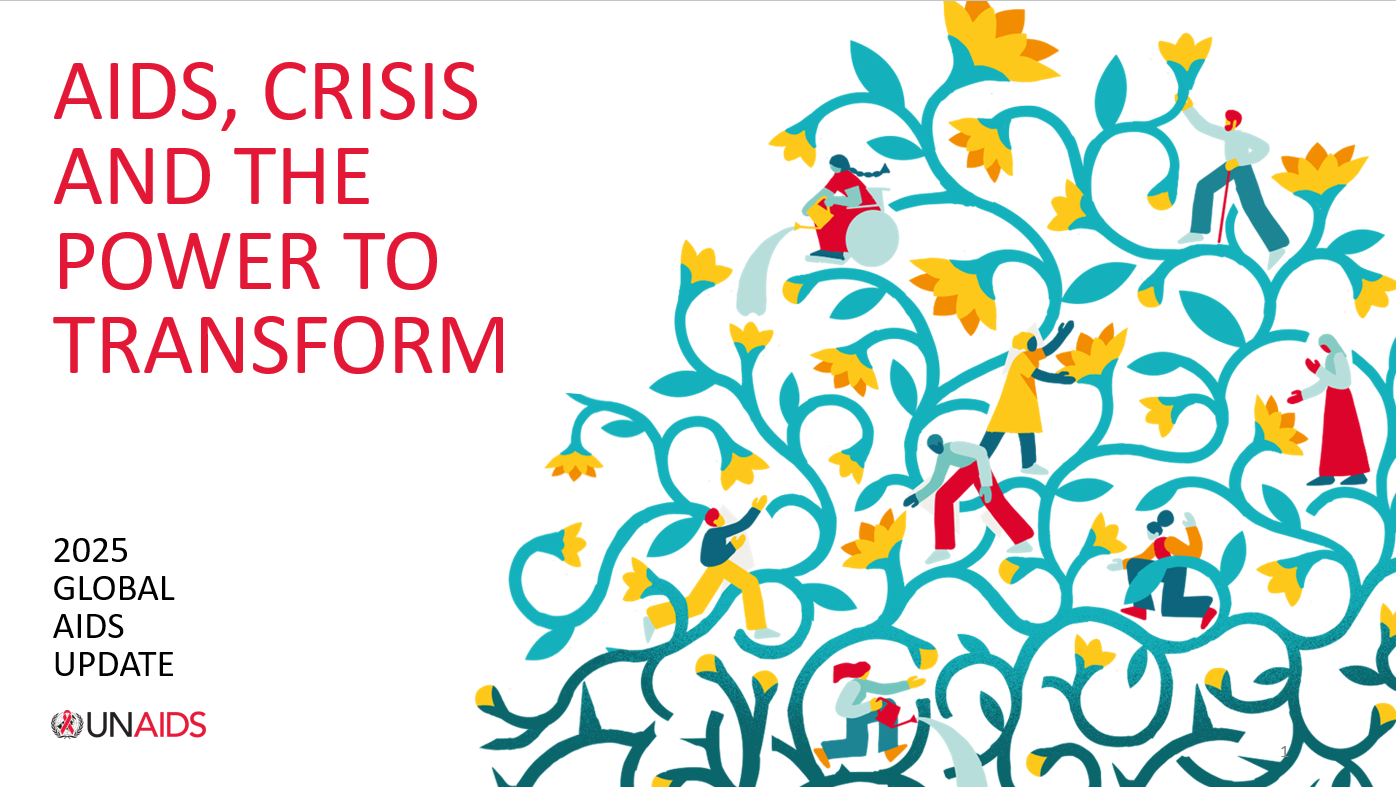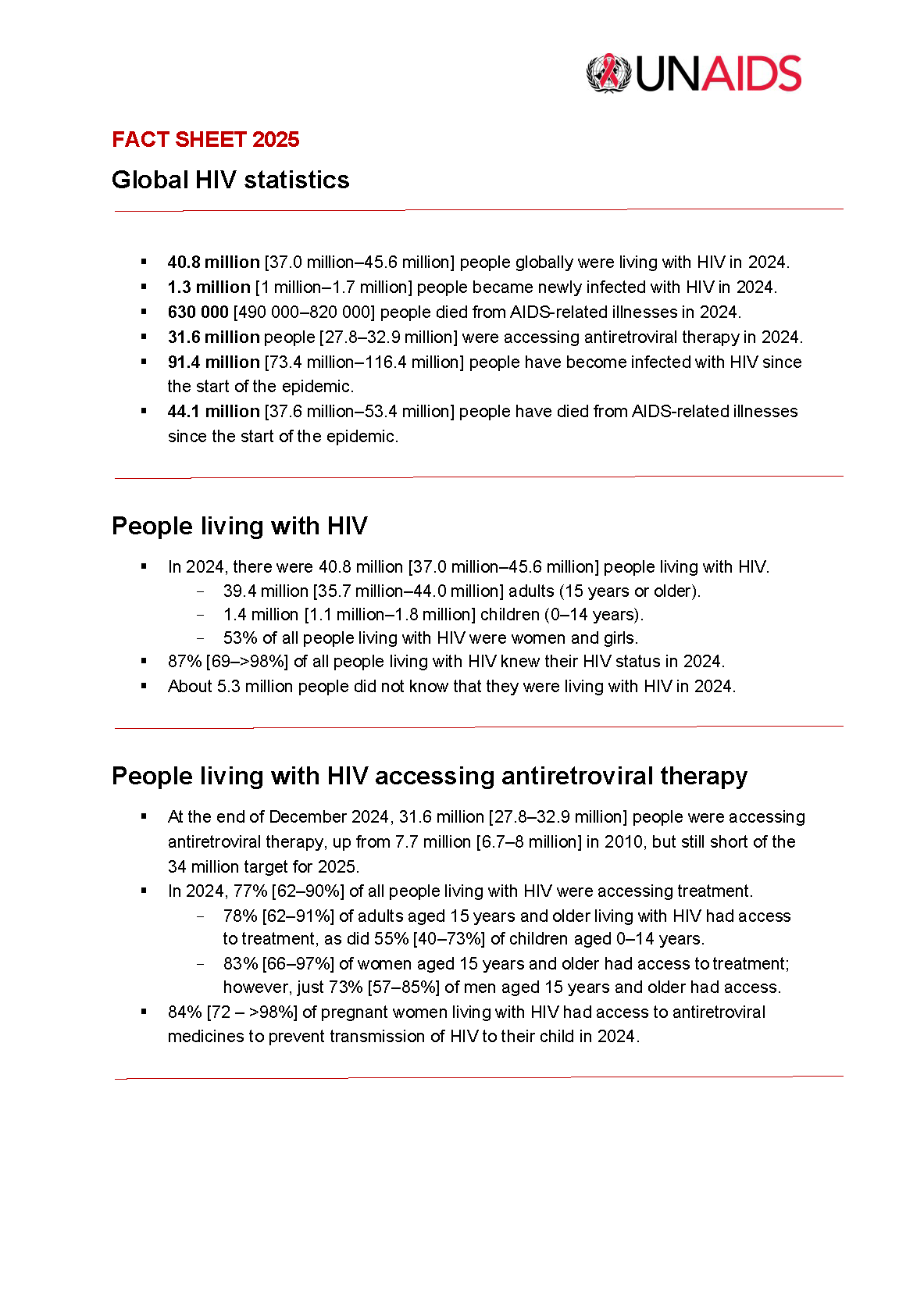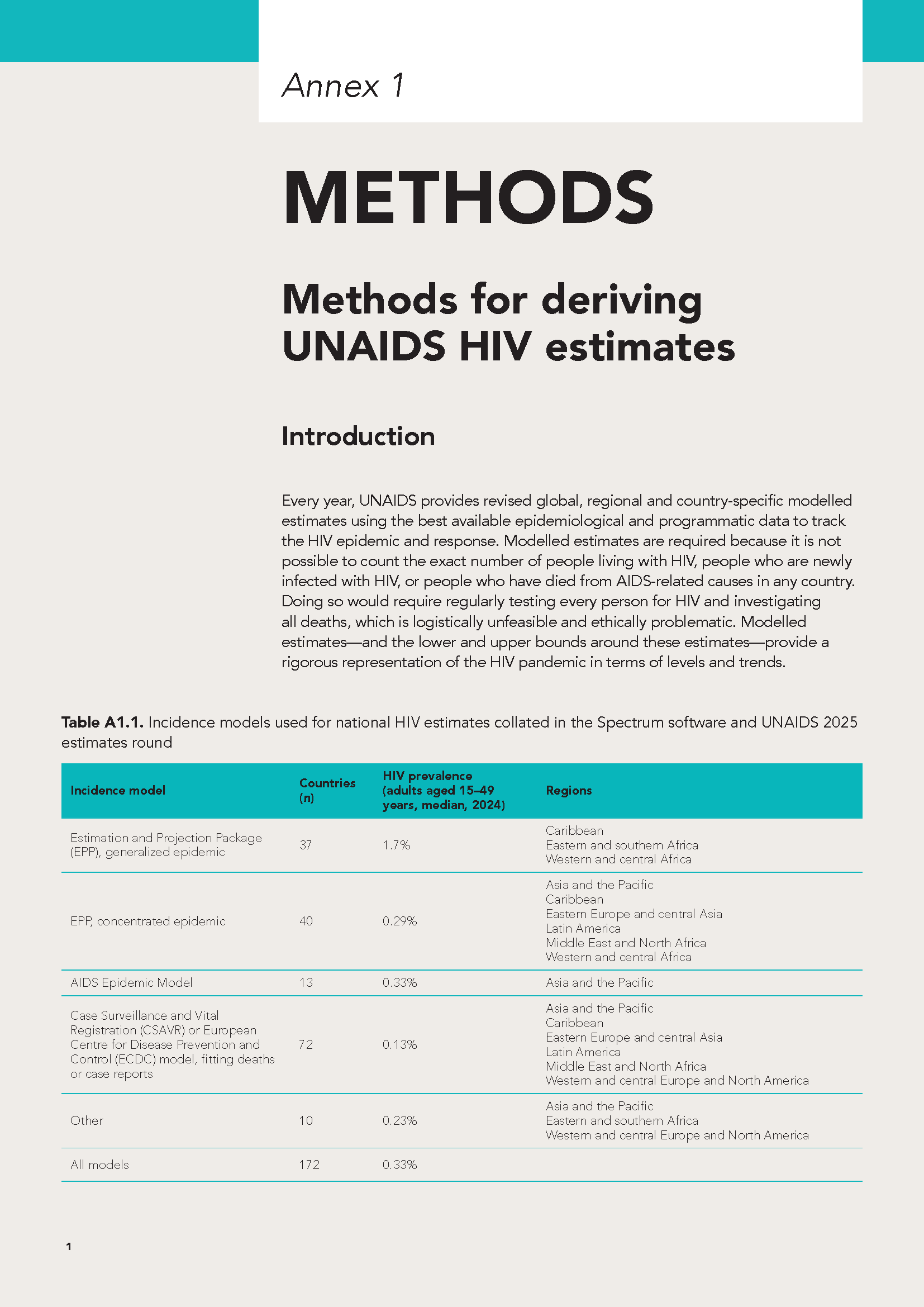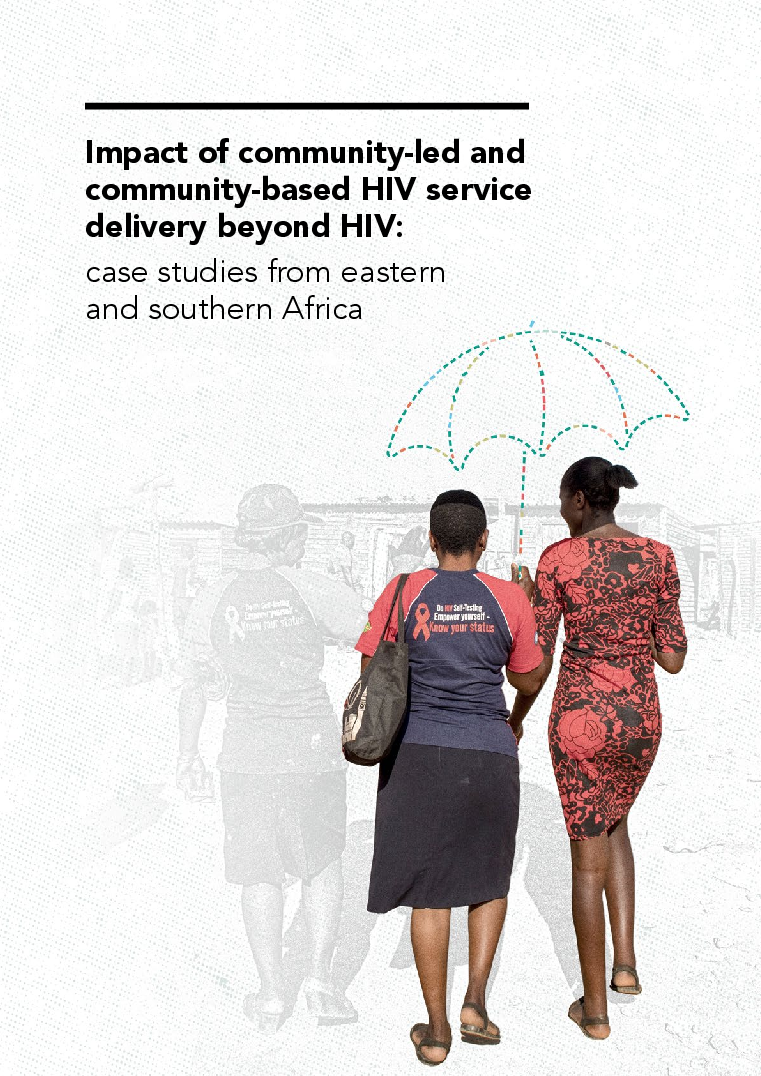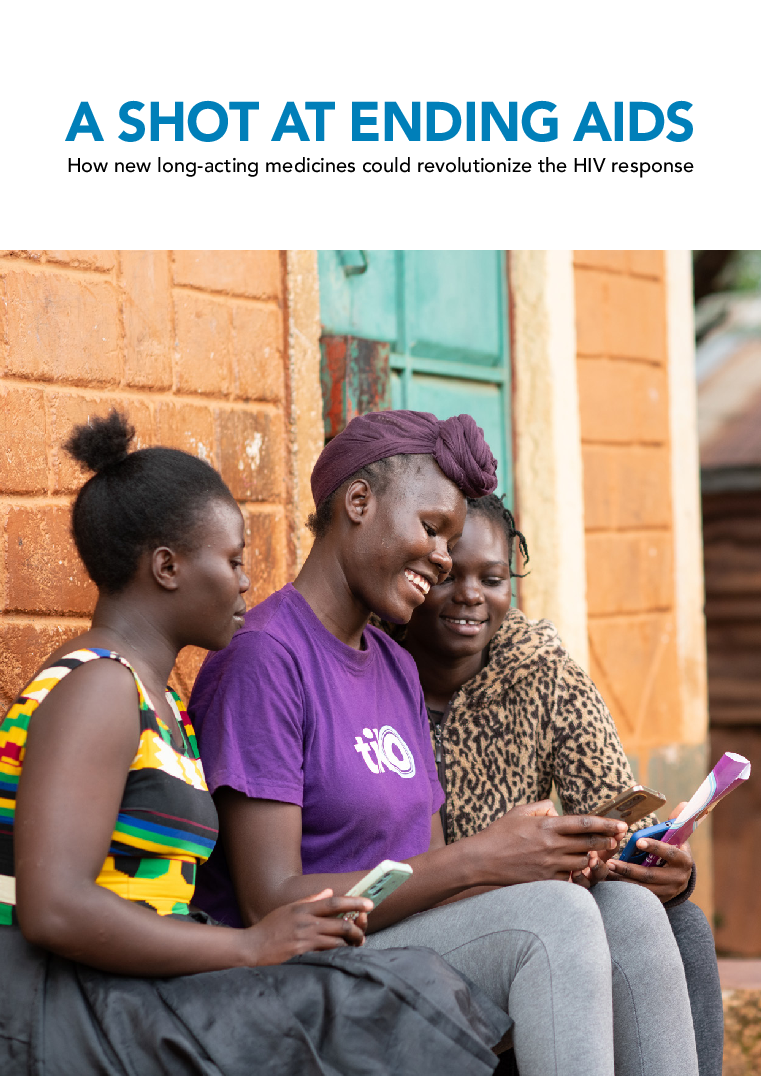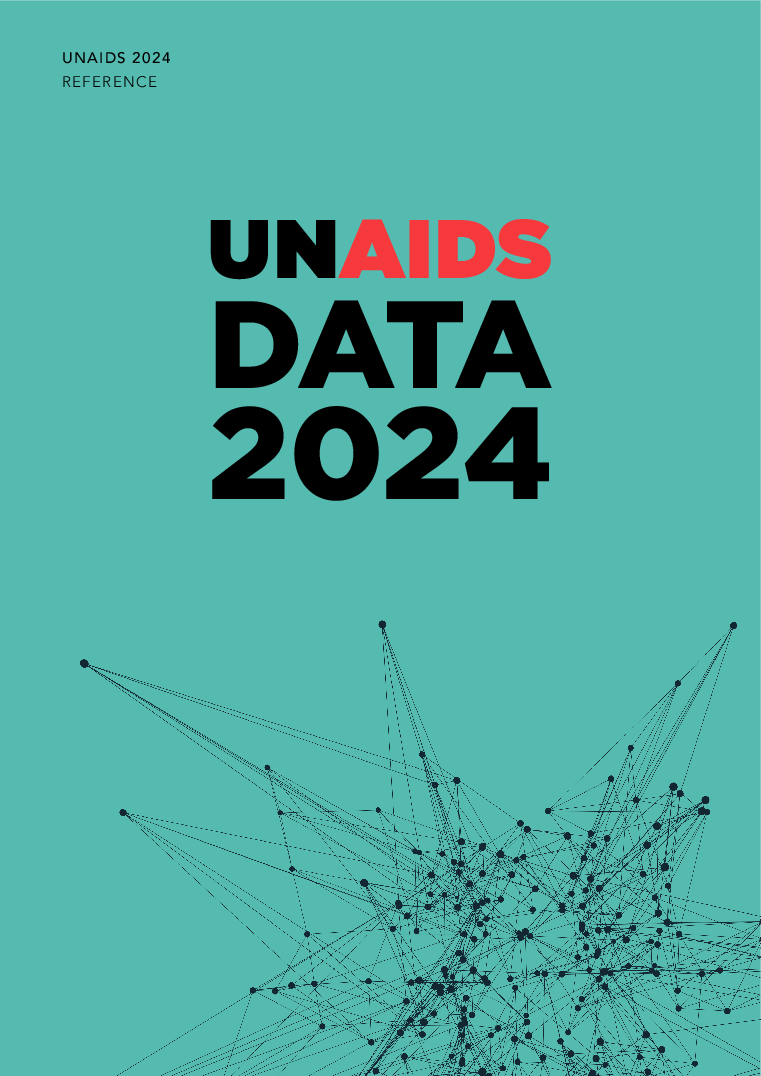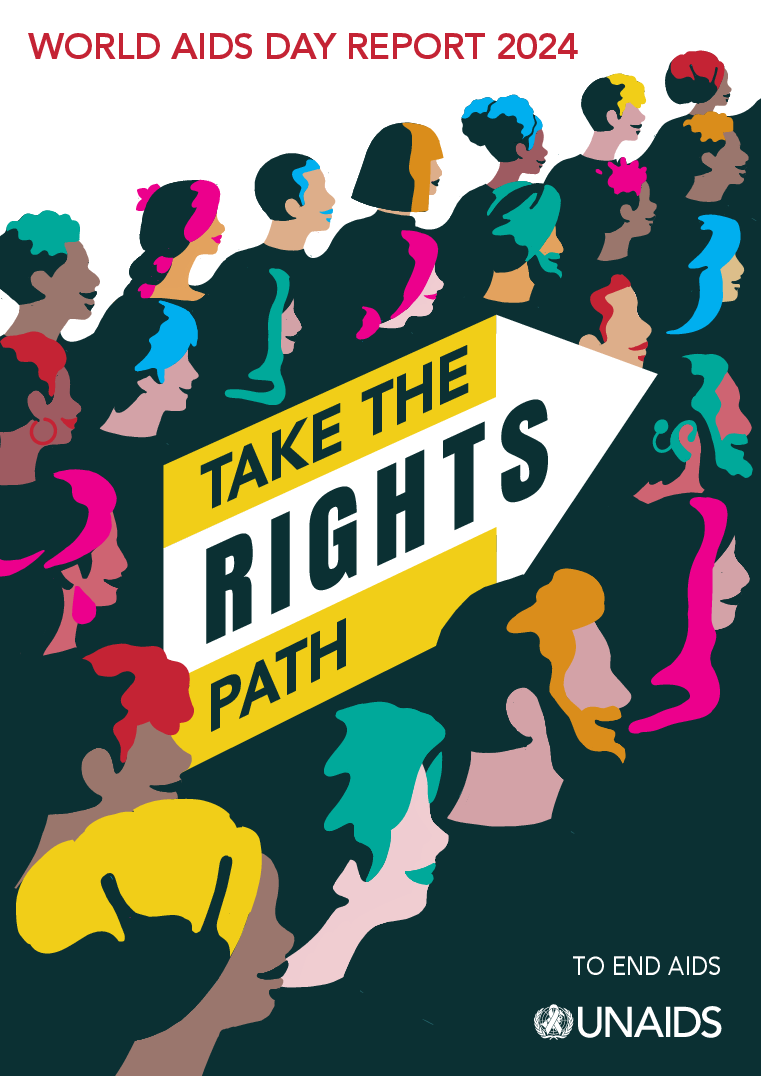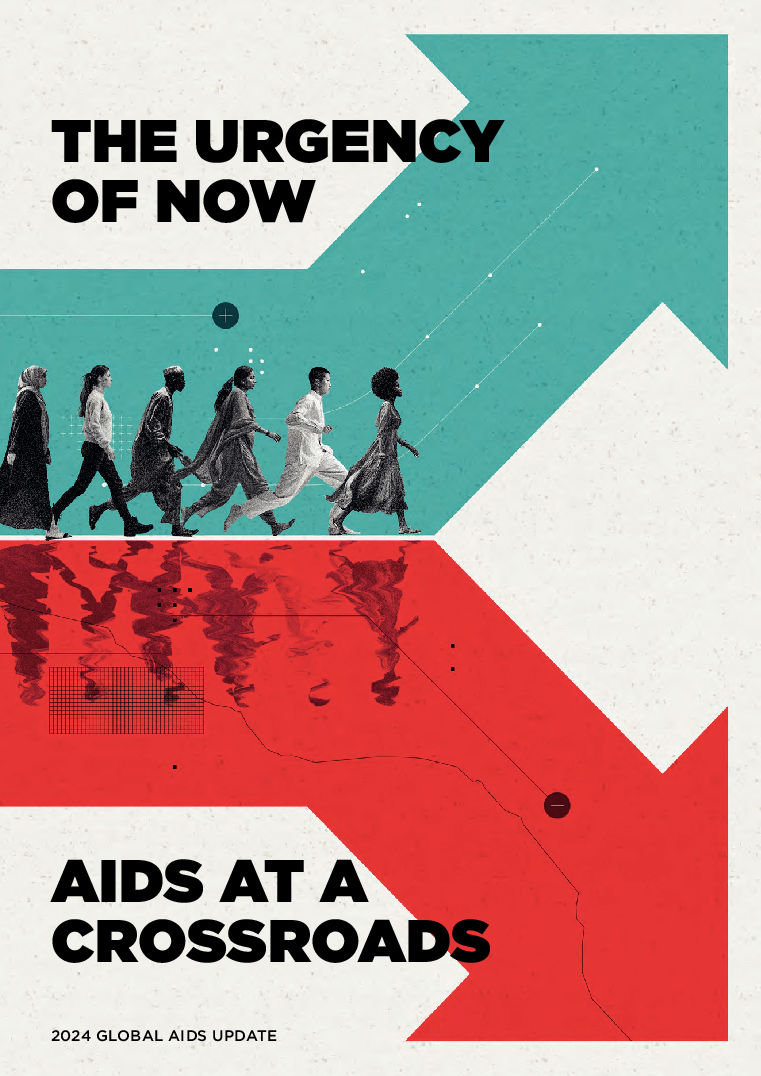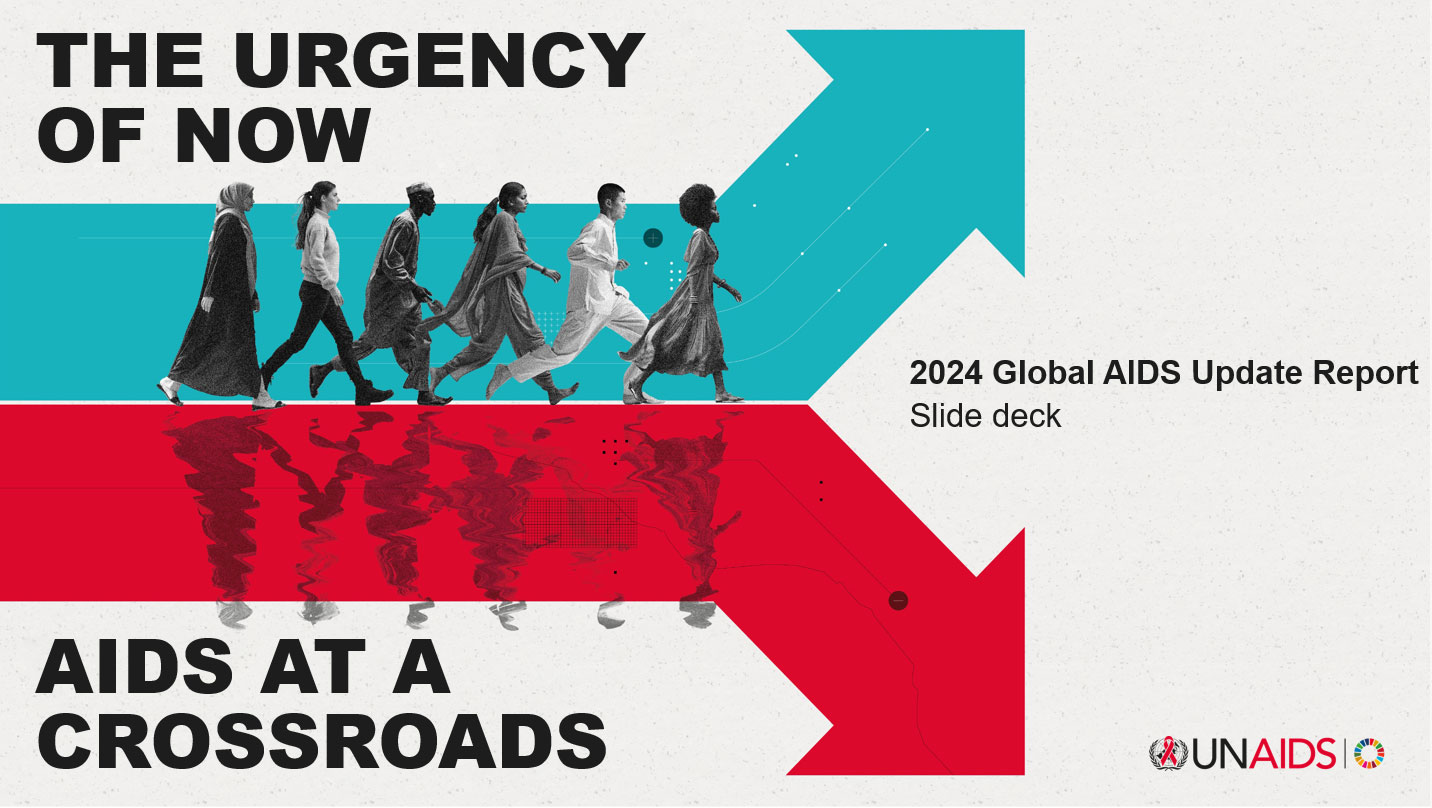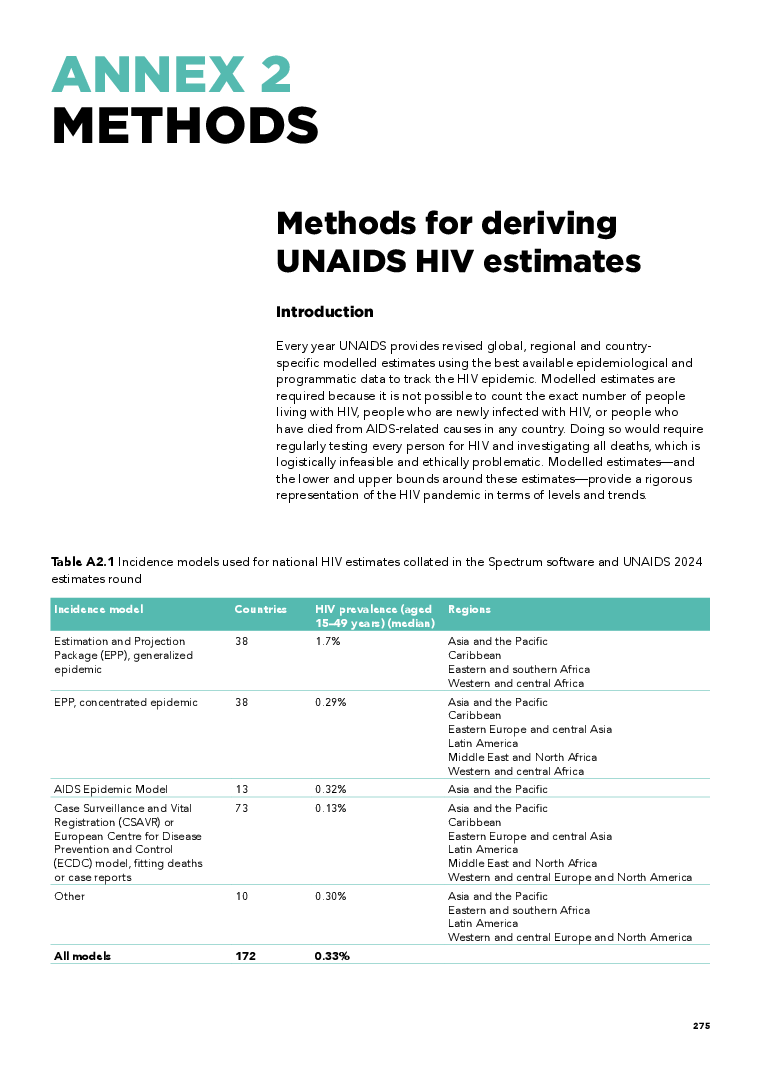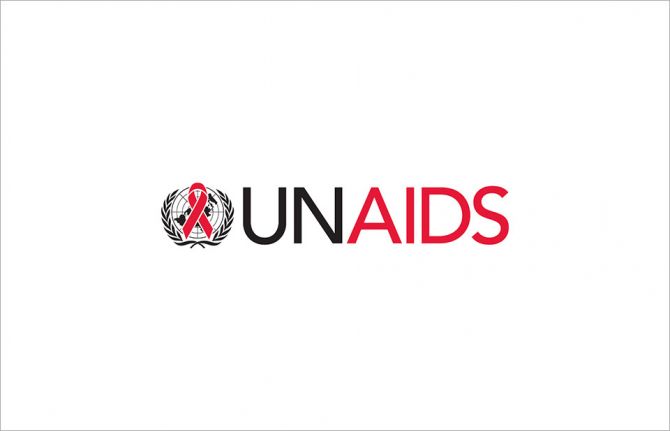
UNAIDS hails historic court ruling in St Lucia decriminalizing consensual same-sex relations
UNAIDS celebrates the groundbreaking decision by the High Court of Justice in Saint Lucia declaring sections 132 and 133 of the Criminal Code unconstitutional for criminalizing consensual adult sexual acts in private. This triumph upholds LGBTQ+ people’s rights to protection of the law, privacy, non-discrimination, freedom of expression, and equal protection under the law, as guaranteed by the Constitution.

UNAIDS welcomes new WHO guidelines on Lenacapavir
Lenacapavir–a long-acting, six-monthly injectable antiretroviral medicine manufactured by Gilead Sciences–is now recommended by the World Health Organization as an additional HIV prevention choice as part of combination HIV prevention approaches.
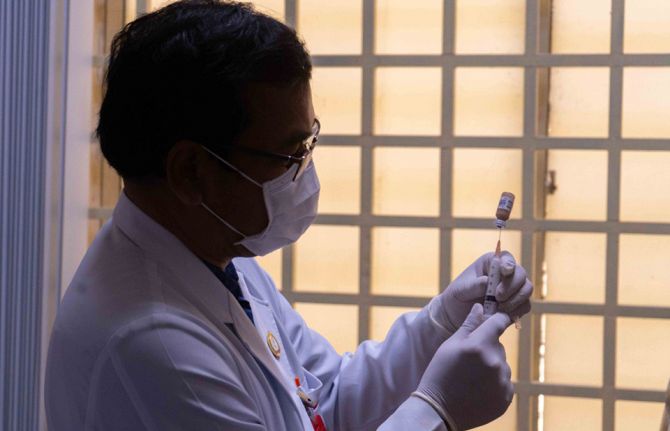
Cambodia becomes the second country in the Asia Pacific to offer long-acting PrEP
Borey and Sophia are among the first clients in Cambodia to begin long-acting injectable Cabotegravir (CAB-LA), a PrEP formulation administered every two months. With this initiative, Cambodia has become a frontrunner in the Asia Pacific region to roll out long-acting PrEP.

“Who will protect our young people?”
Noncedo Khumalo grew up in a country with one of the highest HIV prevalence rates in the world, Eswatini—a country landlocked between South Africa and Mozambique. The 24-year-old has overcome her fair share of difficult times to make ends meet. The recent US funding cuts have now put her future in question.
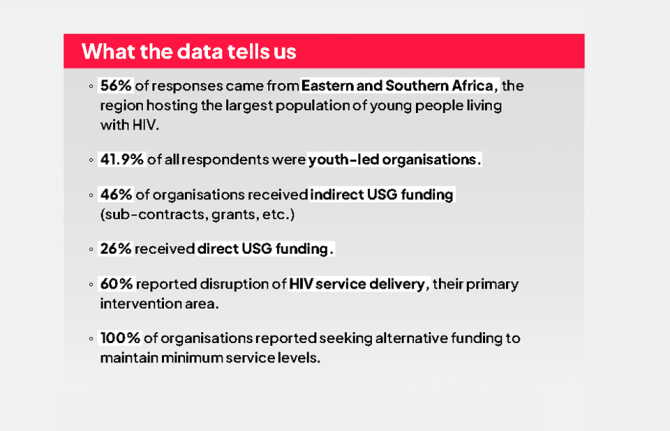
An urgent call to support youth-led organizations
The survey also warns about the abrupt policy changes occurring as a consequence, including the integration of HIV-specific clinics into general health systems, and the surge of restrictive laws targeting organizations working on gender, diversity, and sexual and reproductive health and rights, using the term “foreign agent” to criminalize their work. These changes are causing the collapse of service delivery models and increased barriers to youth-led organizations, further reducing…
Global leaders convene to accelerate access to long-acting HIV prevention technologies amidst funding cuts
The global response to HIV has reached a crucial juncture. Groundbreaking scientific advances, including the development of long-acting HIV prevention technologies like lenacapavir and cabotegravir, offer a transformative opportunity to curb the epidemic.

HIV is increasing among men who have sex with men in Cambodia; One organization is trying to turn the tide
Chhum Vy, an outreach worker for Men’s Health Cambodia (MHC), lives in Steung Meanchey, a low-income neighborhood in southern Phnom Penh. She has converted her rental house into a makeshift community centre for gay and transgender people who live in the area. To get there you pass through a Buddhist temple compound, then head down narrow streets, just wide enough for a motorbike.

UNAIDS stands in solidarity with LGBTQI+ communities
GENEVA, 16 May 2025–Ahead of International day against Homophobia, Biphobia and Transphobia (IDAHOBIT), May 17, UNAIDS stands in solidarity with LGBTQI+ communities. Despite gains in the HIV response, LGBTQI+ communities continue to be left behind. While new HIV infections have dropped 35% among adults globally since 2010, they have risen by 11% among gay men and by 3% among trans people. Stigma, discrimination and criminalization, as well as restrictions on the ability for community…
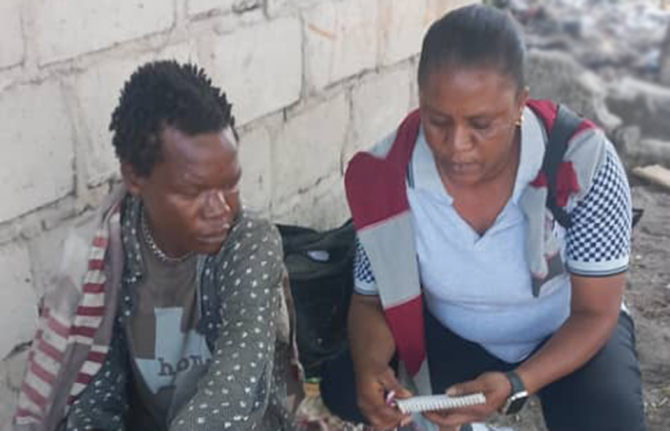
US foreign aid cuts puts the lives of people who use drugs at risk
Godfrey Swai is shaken. Since the end of January, the US aid funding cuts have meant that he can only afford for his staff to work a couple of hours twice a week compared to a full five days.
HIV Epidemic in Mozambique and US Government Contribution (PEPFAR)
HIV Epidemic in Mozambique and US Government Contribution (PEPFAR)

